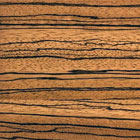Client area
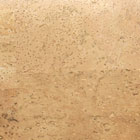
CORK (Quercus suber)
A real alternative to leather, cork is a renewable material from cork oak. Its great lightness, its natural impermeability and its resistance to everyday aggressions make it a prime material for leather goods and vegan fashion accessories.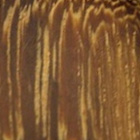
CORTEX (Mespilus germanica)
The Cortex wood is a dense wood with very fine grain particularly sought after in crafts. Its polishing highlights the elegant nuances of the veins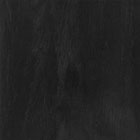
EBONY (Diospyros crassiflora)
Black gold! Of fine texture and very resistant, the ebony wood is of intense black color, more or less dark. Its grain is very tight giving a beautiful polish and a silky touch. It sparkles in light due to the presence of oxalic acid crystals in its pores. Its name is at the origin of the term «cabinetmaker» used to name the craftsman who manufactures furniture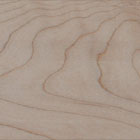
MAPPLE (Acer pseudoplatanus)
Le bois dérable est de couleur très claire (blanc à jaune clair). De grains fins, daspect satiné, et à ondes plus ou moins marquées, il est très recherché pour son esthétique. Lérable pousse en Europe, en Amérique et au Japon.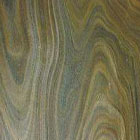
GREEN SANDALWOOD (Guaiacum officinale)
The green sandalwood «wood of life», is very sought after for its brown-green color. It is one of the hardest wood in the world. It has medicinal virtues (anti-inflammatory, anti-oxidant, antiseptic..c); its essence is used in perfumery and cosmetology (essential oil). It is also used to make bowling balls. Gaiac grows in Argentina, Paraguay and the West Indies.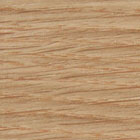
Kosso (Quercus)
Oak wood is one of the most prestigious woods in temperate regions. Trees in our deciduous forests, the fruit of which is the acorn, renowned for its high size, longevity and the quality of the wood it provides.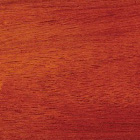
Mahogany (Khaya ivorensis)
Mahogany has a colour ranging from a pale brown red to a very marked and characteristic brown red. Precious wood with fine grain, hard and easy to work, its intertwined veins form stripes. Mahogany grows in Africa and America. Mahogany is mainly used by Essenciel craftsmen in the manufacture of jewellery.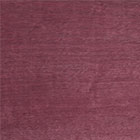
AMARANTH (Peltogyne pubescens)
Amaranth wood is a wood with little apparent veins, of an extraordinary natural violet color more or less dark. The peculiarity of this wood is that it takes its color in the sun: the more it is exposed to light, the more pronounced the violet is. Polishing strengthens its veining by giving it moist reflections that reinforces the effect of depth. It grows mainly in Brazil and Guyana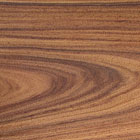
ROSEWOOD (Dalbergia)
The rosewood, rich light brown color, can vary from beige to dark brown, is a very dense and very hard wood, symbol of robustness and longevity. Rather oily and dark graining, it emits a very characteristic smell slightly sweet when heated, and becomes superb when polished. It grows in Brazil, India, and America.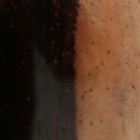
Two tone rosewood (Dalbergia - Jaspen)
The Duo of Rosewood or Jaspen, a natural blend of a duo of rosewood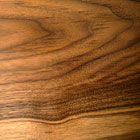
WALNUT (Juglans L)
Walnut wood is relatively hardy once it has passed the first years. It is a tree that is both forest and fruit. Dark yellow in colour, it is widely used in cabinet making for its solidity, fineness of grain and ease of sculpting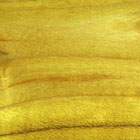
YELLOW HEART (Morus)
The Yellow heart tree is a hard wood of West Asia, of a beautiful golden yellow, of pearly appearance with many really beautiful shades.